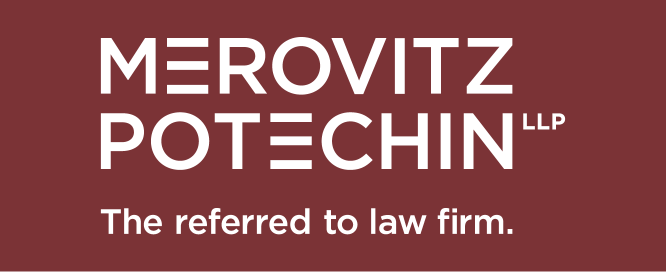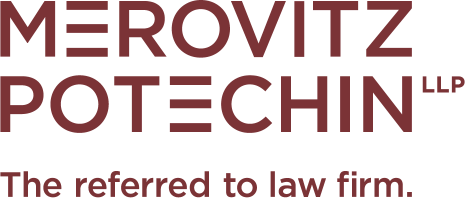When a bankrupt obtains his or her discharge from bankruptcy, the Bankruptcy and Insolvency Act (the “BIA“) provides that the bankrupt is released from any claim that is provable in his or her bankruptcy subject to certain exceptions. For example, a judgment debt incurred by the bankrupt as a result of a motor vehicle accident is a debt that the bankrupt would be released from.
However, s. 198 of the Highway Traffic Act (the “HTA“) (note: this provision is similar to s. 10 of Motor Vehicle Accident Claims Act), which allows the Ministry of Transportation to suspend the driver’s licence of a person who has an outstanding judgment against him or her arising from a motor vehicle accident, provides that the suspension shall remain in place until the judgment is satisfied or discharged, otherwise than by a discharge in bankruptcy. Therefore, according to the HTA, a bankrupt cannot get his or her licence back once they receive their discharge from bankruptcy unless they pay the judgment. In effect, this means that the bankrupt is not really released from a judgment arising from a motor vehicle accident. Can this be right?
The short answer, in the opinion of the writer, is no. According to our Constitution, only the federal government has the right to legislate in the area of bankruptcy and provincial governments do not. The HTA is provincial legislation and appears to be intruding on the federal jurisdiction. The reason for this is twofold:
- The BIA treats all unsecured creditors equally in that they share in the bankrupt’s estate on a pari passu basis. Once the bankrupt is discharged, the unsecured creditors can no longer seek to recover their debts from the bankrupt. The HTA, however, forces bankrupts to pay their motor vehicle judgment debt in full in order to get their licences back. As a result, the motor vehicle accident judgment creditor is actually treated differently thereby altering the scheme of distribution under the BIA which provincial governments are not entitled to do; and
- One of the purposes of the BIA is to enable honest but unfortunate debtors to obtain a fresh start. How can they obtain a fresh start if they still have to pay their motor vehicle judgment debt after they get discharged?
The problem was that, up until very recently, the cases went back and forth as to whether or not the provincial governments (other provinces have legislation similar to Ontario) were in fact intruding upon the federal bankruptcy power by enacting such provisions. Essentially, the provincial governments argued that they were not intruding upon the federal bankruptcy power. The provincial governments argued that they were merely regulating drivers who could obtain licences and that the provisions were not drafted simply for the collection of money.
However, recent judgments in Ontario (Minister of Finance) v. Clarke, [2013], O.J. No. 1723 (S.C.J.), Moore (Re), [2013] O.J. NO. 5837 (C.A.) and Moloney v. Alberta (Administrator, Motor Vehicle Accident Claims Act), [2014] A.J. No. 125 (C.A.) suggest that the tide has now turned to favour the writer’s opinion. As at the time of writing this article, the Supreme Court of Canada has yet to weigh in on the issue. However, leave to appeal to the Supreme Court has been sought in Moore (Re). Hopefully, leave will be granted so that the Supreme Court can finally lay rest to this issue.







